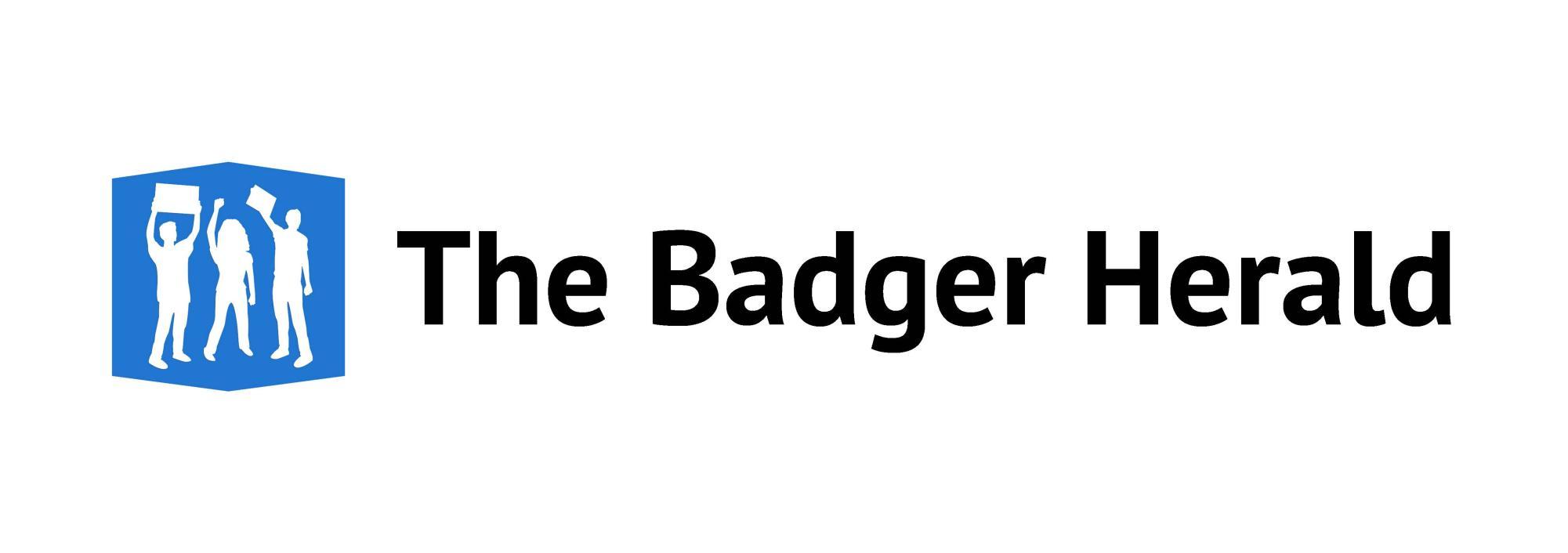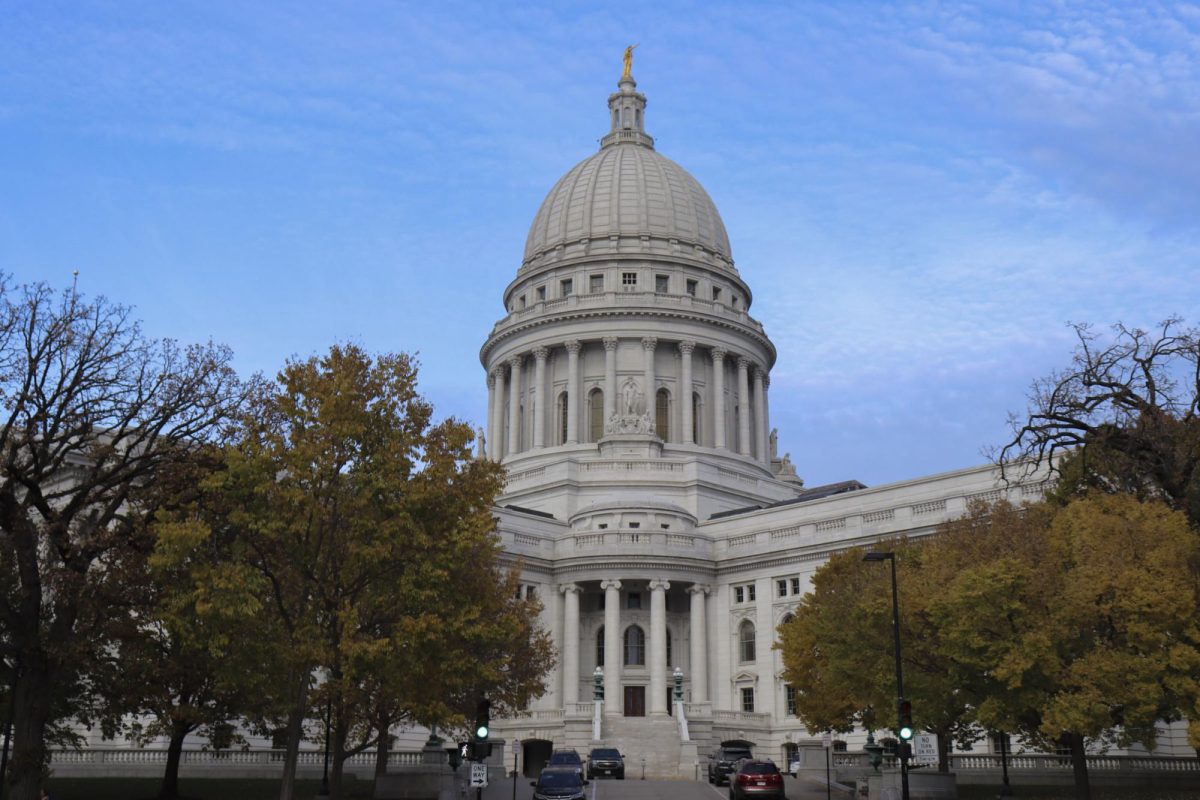Editor’s Note: This article was modified to reflect accurate information regarding the price of clinic sessions
Medicaid in Wisconsin has expanded to cover ketamine infusions as of Jan. 1, sparking conversations about the nuances in type, frequency and patients who should be treated with ketamine therapy, according to Healing Maps. Ketamine therapy for treatment-resistant depression has not had an easy path to acceptance.
According to the Cleveland Clinic, TRD refers to moderate to severe depression that persists beyond the implementation of two antidepressants and therapy with no substantial improvement.
The unpatentability of generic ketamine has slowed the process for FDA approval of ketamine for use beyond anesthetic. The inferior molecule of ketamine — SPRAVTO or esketamine, which Johnoson & Johnson patents — has been FDA-approved for TRD.
SPRAVTO is a nasal spray administered to patients. Still, it does not have the same robust effects as ketamine infusions, Founder of Treatment Assistance Fund, Inc. Alan Ferguson said.
Ketamine, not esketamine, is not FDA-approved for the treatment of TRD, a practicing provider at the University of Wisconsin Health Psychiatric Institute and Clinic Behavioral Health Clinic Dr. Steven Garlow said. Providers utilize what is called “off-label use” or using an approved drug for unapproved treatments. This is a common practice, Ferguson said.
Off-label use of ketamine in IV infusions is an increasingly popular way to treat those struggling with TRD, as well as treating patients with persistent suicidal ideation. Still, because of the increasingly popular “psychedelic renaissance,” specific ketamine-focused clinics are extending ketamine’s usage beyond TRD, according to Psychology Today.
The use of ketamine for mild depression and anxiety is effective, but over-prescription of ketamine therapy may create a misconception that ketamine is a miracle drug, Ferguson said.
“I think this is a treatment that can be very useful,” Garlow said. “We have an obligation to manage it responsibly and ensure that we’re doing it in the most conservative, responsible and safe way so we do not jeopardize it being available to our patients [at UW Health].”
In addition, ketamine’s molecular structure and properties do not match those of traditional antidepressants, Garlow said. This created certain skepticism within the psychiatric community of ketamine’s use for TRD.
About 40% of patients have a robust response, 30% have a “useful” response and about 20-30% have little response, which is incredibly promising but not out of the realm of understood possibility, Garlow said.
Another possible criticism of ketamine is the medical use of what the public often views as a party drug. The idea that ketamine is a party drug used for illicit use should not discredit the importance and usefulness of ketamine. Ketamine was first studied for depression in a Spanish study in 1974 — it is not necessarily a new or novel idea, Garlow said.
“I would be careful with that,” Garlow said in discussing ketamine’s reputation as a party drug.“In the medical community, it is known as an anesthetic agent … it has always been a very useful medical agent.”
It is well understood that patients should have TRD or experience SI to limit potential abuse, as well as protect the integrity of ketamine research. Though it can be beneficial for mild cases of anxiety and depression, right now, most providers believe ketamine is most appropriate for severe cases.
The process to get ketamine infusions or SPRAVTO is not a simple request form, and behavioral health clinics like Garlow’s are just not taking people off the streets. Patients are expected to have been diagnosed with either TRD or SI, which inherently requires them to be working with a physiatrist and have tried and found minimal improvement from other antidepressants like SSRIs.
Patients do not benefit from the dissociative, high feeling they get from a particular session, Garlow said. In other words, the appeal of ketamine recreational use and the benefits of ketamine for TRD are not the same neurological effects. The antidepressant effect is the almost indescribable feeling that occupies the following days and weeks, Ferguson said.
“When I woke up — from the first session of ketamine — my driver asked how I was feeling,” Ferguson said. “All I could say was different. I knew I could get better.”
Ketamine is very safe, with higher efficacy rates than traditional SSRIs. While there are inherent risks, these can be mitigated by attentive providers, Ferguson said.
Ferguson has worked to fight for Medicare, Medicaid and private insurance in Wisconsin to cover ketamine therapy. He hopes for more expansive funding for TAFI, both in terms of who it can help and how much assistance it can provide.
The bureaucracy involved in the running of a nonprofit organization, with funding restrictions and quotas to meet, expanding the range of assistance provided can be inherently problematic. Still, Ferguson continues to work to make ketamine therapy available to an increasing number of low-income patients.
“We’d hope to [focus on] depression in general, but fundraising is difficult, and so we’ve had to focus our money on what is more needed, and that is on suicide prevention,” Ferguson said.
Ferguson said that even with support from TAFI, most sessions cost around $200 to $300, and the initial treatment is a series of six sessions. Ferguson emphasizes that this is still not affordable for many people and wants people to understand that ketamine therapy can save people’s lives.
Expanded Medicaid coverage has been a critical point for TAIF, but Ferguson does not plan to stop advocating for ketamine to become accessible to all who need the treatment, irrespective of income or state of residence.
“I do know from my speaking that personal stories reach people,” Ferguson said. “This is a really important thing, and the more we talk about it, the more people we are going to reach.”
The expansion of Medicaid itself does not make ketamine therapy overly accessible or even affordable for most people. Still, it does start to normalize a drug that has and will continue to save lives.
Ketamine is an effective antidepressant but not a miracle drug and should be used with caution, Garlow said.
“The more patients I work with, the more I trust ketamine,” Garlow said. “It is not a miracle antidepressant, but it works well for some people. It is realistic.”



